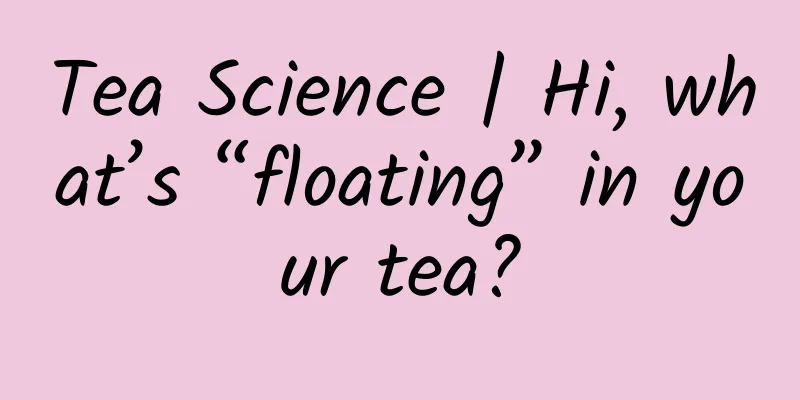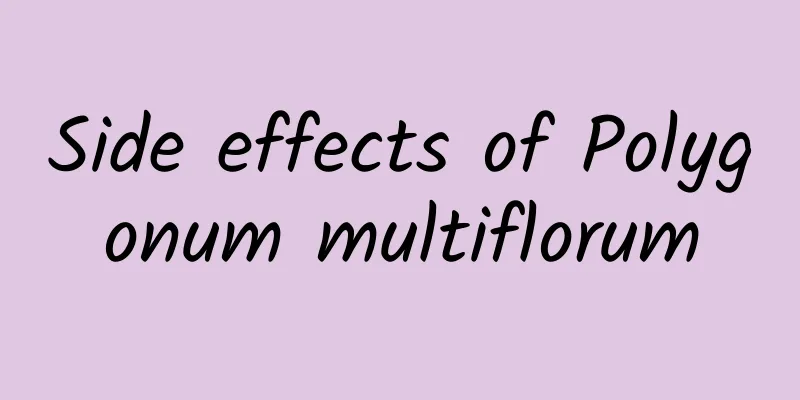Tea Science | Hi, what’s “floating” in your tea?

|
When you are making tea, if you find some tiny floating objects in the tea soup, don't be anxious, take a closer look, it is possible that they are not impurities, but the hairs of tea buds and leaves. What is bud fuzz? Trichomes, also known as white hair, tea hair, and hair, are single-cell coverings protruding from the epidermal cells on the back of young buds and leaves of tea plants. Its structure is simple, and it is a single-cell tissue protruding from the epidermal cells. It is slender, translucent, conical, and silky in shape, and its color is silvery white. Its length and density are related to the variety and distribution location. ▲ Scanning electron microscope image of bud and leaf hairs What are the ecological functions of bud and leaf hairs? Image source: References [3] 1. Waterproof protection: The bud and leaf hairs can effectively slow down water evaporation and help tea trees retain moisture under drought conditions. 2. Resist ultraviolet rays: The hairy surface of buds and leaves can reflect part of the sunlight, reducing the damage of ultraviolet rays to tea trees. 3. Insect-proof function: The tiny hairs on the buds and leaves can prevent the invasion of pests to a certain extent and play a protective role. Does the fuzz on buds and leaves have anything to do with the quality of tea? The bud and leaf hairs are not only a natural protection for the plant, but they may also affect the overall quality of the tea: 1. Appearance: It has a lot of hairs, which is usually regarded as one of the signs of tender buds and leaves and high-quality tea. 2. Different teas have different requirements: Some high-quality white teas, green teas and black teas generally tend to have obvious tea hairs. For example, Baihao Yinzhen usually requires full white hairs, Xinyang Maojian often requires obvious tea hairs to enhance the freshness of the tea soup, and Huangshan Jinhao generally requires obvious golden hairs to enhance its uniqueness. 3. Is the hair an absolute standard for judging the quality of tea? No! Because some tea varieties have no hair on their buds and leaves, and some famous teas are required to be smooth and hair-free. When you are drinking tea, If you find tiny floating objects in the tea soup, Look carefully, In addition to possible impurities, There may also be fine bud and leaf hairs. Buds and leaves are hairy, Not only is it part of the natural growth of tea trees, It is also a reflection of the quality of tea. Next time you make tea, Let's take a look. Let's use what we learned today to identify If it is bud leaf hair, Please enjoy the unique tea aroma and flavor! (Pictures from the Internet) References: [1] Guo Yuanchao, 1993. Morphological characteristics and evolutionary features of tea tree hairs[J]. Tea Science Bulletin (3): 1-4. [2] HU Mengqin. Molecular basis of tea hair development regulation[D]. Hunan Agricultural University, 2021. [3] LI P, XU Y, ZHANG Y, FU J, YU S, GUO H, CHEN Z, CHEN C, YANG X, WANG S, ZHAO J(2020). Metabolite Profiling and Transcriptome Analysis Revealed the Chemical Contributions of Tea Trichomes to Tea Flavors and Tea Plant Defenses. Journal of agricultural and food chemistry, 68(41). [4] LI P, ZHANG Y, YE Z, ZUO H, LI P, ZHAO X, CHEN Z, CHEN C, ZHAO J, LI P, ZHANG Y, YE Z, ZUO H, LI P, ZHAO 2(1): 1-13. [5] TOZIN LR dos S, SILVA SC de M, RODRIGUES TM, 2016. Non-glandular trichomes in Lamiaceae and Verbenaceae species: morphological and histochemical features indicate more than physical protection[J/OL]. New Zealand Journal of Botany, 54(4), 446–457. [6] YAMASAKI S, SHIMADA E, KUWANO T, KAWANO T, NOGUCHI N, 2010. Continuous UV-B Irradiation Induces Endoreduplication and Peroxidase Activity in Epidermal Cells Surrounding Trichomes on Cucumber Cotyledons[J/OL]. Journal of Radiation Research, 51(2): 187-196. Contributor: Fu Zhilu, Tea Research Institute, Chinese Academy of Agricultural Sciences Reviewer: Liu Xu, Associate Researcher, Tea Research Institute, Chinese Academy of Agricultural Sciences, Chen Liang, Researcher, Tea Research Institute, Chinese Academy of Agricultural Sciences |
>>: Whose monkey has a "sun" on his head?
Recommend
Is the loved-and-hated Chinese toon fragrant or smelly?
This article was reviewed by Liu Shaowei, food sa...
The "green" wind of future travel: What kind of sparks will be created when wind meets electric vehicles?
Your browser does not support the video tag Autho...
The efficacy and function of Gerbera
After thousands of years of sedimentation and acc...
What are the wonderful uses of Huangbai?
Everyone is familiar with Huangbo, but not many p...
A 6.2-magnitude earthquake occurred in Tainan, Taiwan, and many places in Fujian and Guangdong felt the tremors! Once again, we remind you that earthquake warning is very important!
The China Earthquake Networks Center officially d...
Is there any scientific reason behind the saying “Drinking water in big gulps is the same as not drinking it at all”?
Have you ever heard of the view that "drinki...
The efficacy and function of vanilla
Vanilla is sometimes also called medicinal herb. ...
According to the law of conservation of mass and energy, is a fully charged mobile phone necessarily heavier than an empty one?
For a long time, scientists hesitated between the...
Carrageenan is actually a "good glue"
Have you heard about the news in the food industr...
Far beyond human imagination! More than 500 million years ago, "sponges" swam on the seabed?
□ Feng Weimin Sponges are the most primitive mult...
The efficacy and function of iris root
We know that there are many kinds of Chinese medi...
Emergency Science | When you encounter a landslide, you need a guide for self-rescue and mutual rescue →
At about 11:50 on February 8, a landslide occurre...
Can Shouwu Tablets Cure Hair Loss?
Hair loss is a phenomenon that can seriously affe...
What are the effects of drinking monk fruit soaked in water?
When we talk about Luo Han Guo, we will think of ...
Not only are battery vehicles not allowed to enter, but you should also pay attention to these 4 issues regarding elevator safety.
1. Do not push the battery car into the elevator ...









